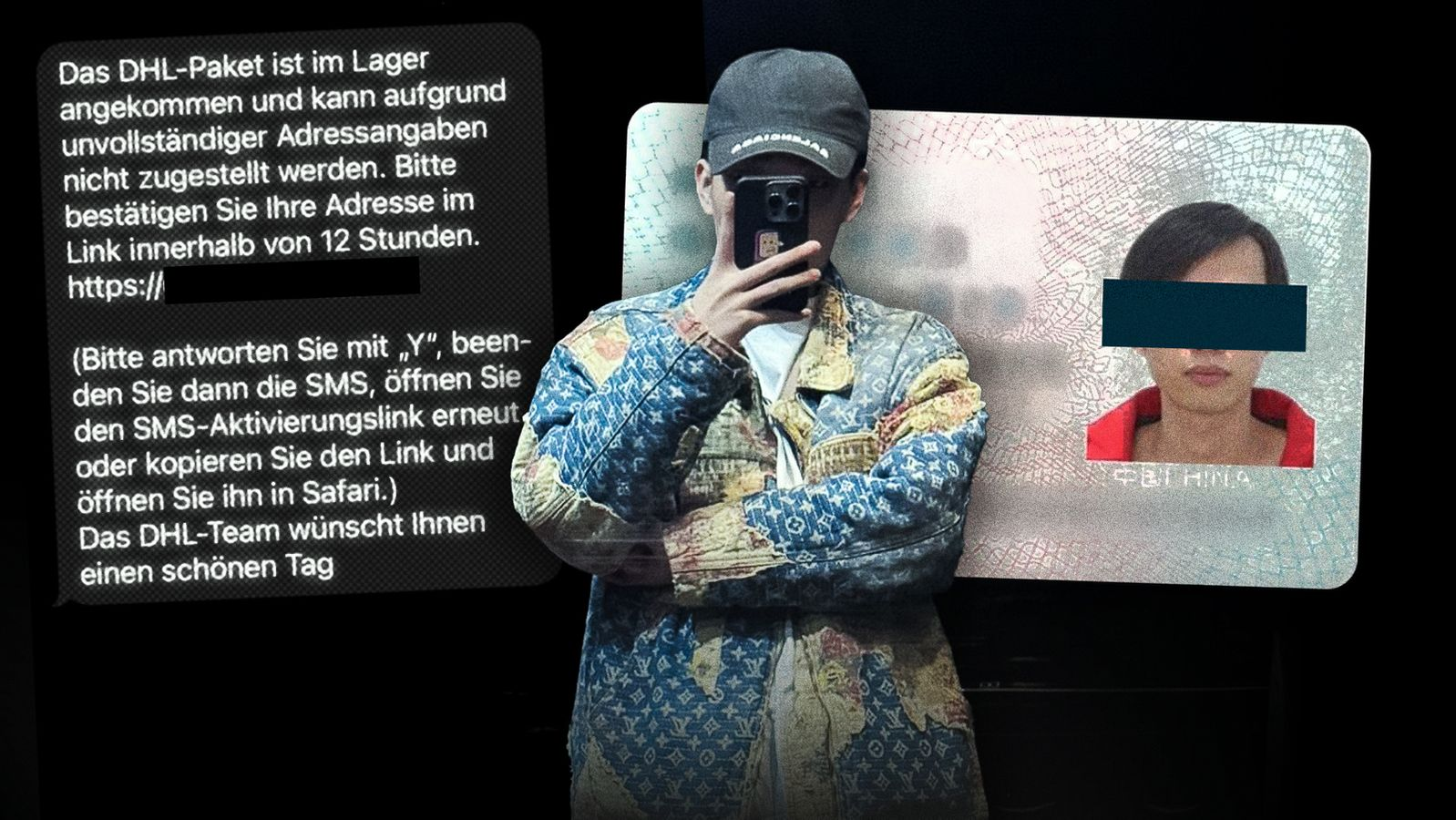Thousands of people in Germany are falling for fake messages [pretending to be sent by logistics company DHL] about package deliveries. Reporting by BR and its international partners has found that a criminal network in Asia is behind the global scam.
[…]
The software used for the fraud is called “Magic Cat”, and it allows for the creation of almost perfect imitations of websites belonging to companies and organizations in more than 130 countries with just a few clicks. The scammers frequently create copies of postal and package delivery companies, but electricity utilities and official agencies are also in their portfolios. In Germany, our reporting has found, fake DHL websites appear to be the preference.
As soon as someone opens a fake website, the software produces a computer voice in Chinese: “A user has successfully opened the website.” The scammers can then follow in real time as users enter their data. The data can even be captured if users then try to delete it.
[…]
The developer of Magic Cat calls himself Darcula. His profile image on one messenger service shows a cat. Darcula ensures that very little personal information is publicly available, but our reporting has discovered that a 24-year-old Chinese man named Yucheng C. is likely behind the Magic Cat software.
[…]
This is one of the few advantages of “obscure” (in this case, Romanian) languages: they’re unpopular enough that scam messages are ridiculously obvious due to their nonsensical grammar and structure.
I’ve received a lot of fake DHL delivery emails, it was hilarious to read how my supposed transaxle is begging me to pay its customs fees.
So what is the actual scam? Do people pay them money? I always find it very odd when someone reports about scams without ever specifying how they actually scam people. So everyone goes “that would never happen to me”. If you actually lay out how they do it, many would be “huh? Fuck”.
It’s either your data you entered that will.be used for identity theft or you can enter your bank details directly to pay money I guess

So this is part of the header image, it shows a text but the URL is removed to not help the scammers. In this case I assume they have build a replica of the website of a delivery and tell the receiver of the text they need to pay some fee. 99% of the people will not fall for it, but 1% will and sending these texts is incredibly cheap so it’s like fishing with big net.
One reason to not go into much details of how this is technically done is to not give people an idea of how they also could use this ‘trick’ for easy money.



